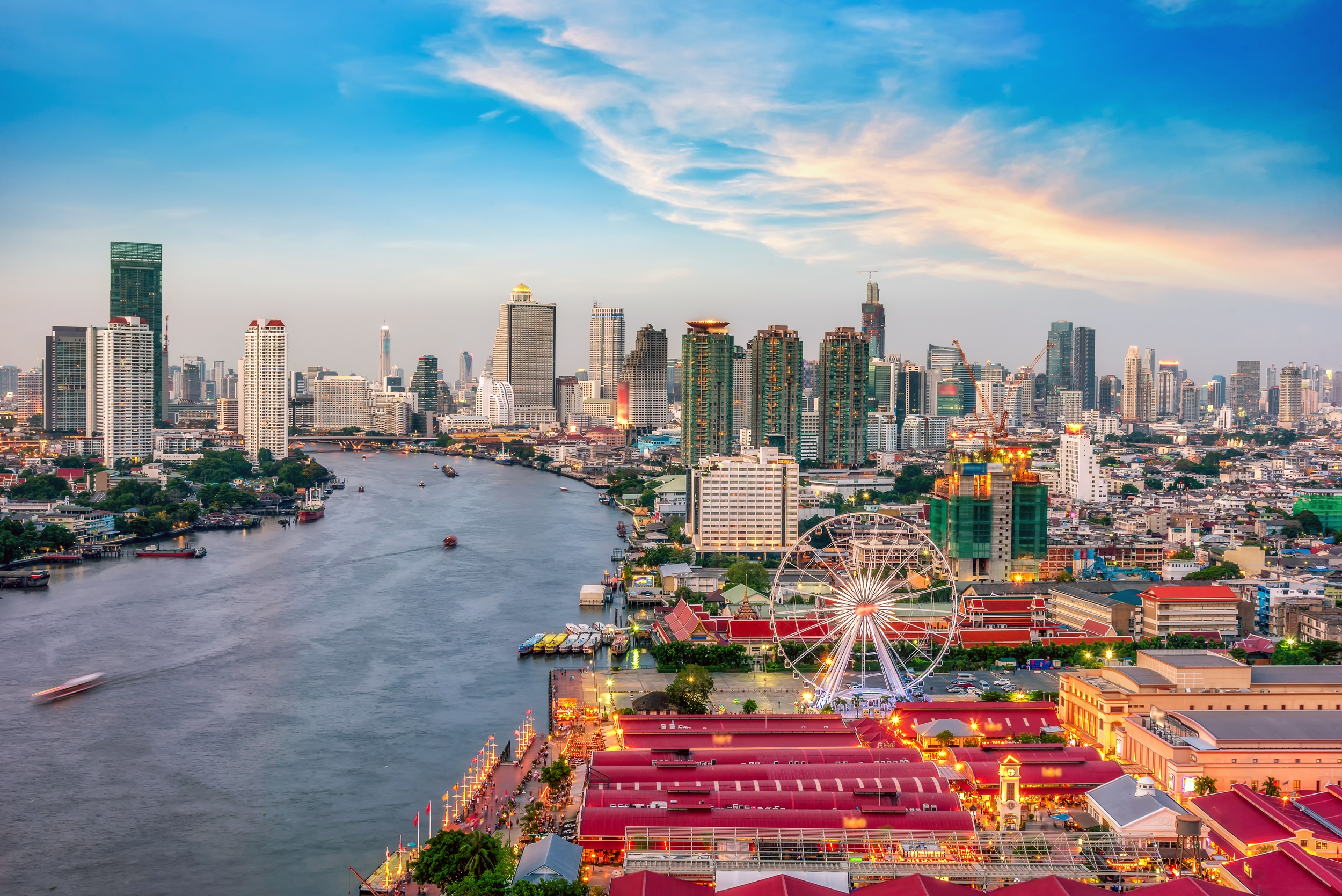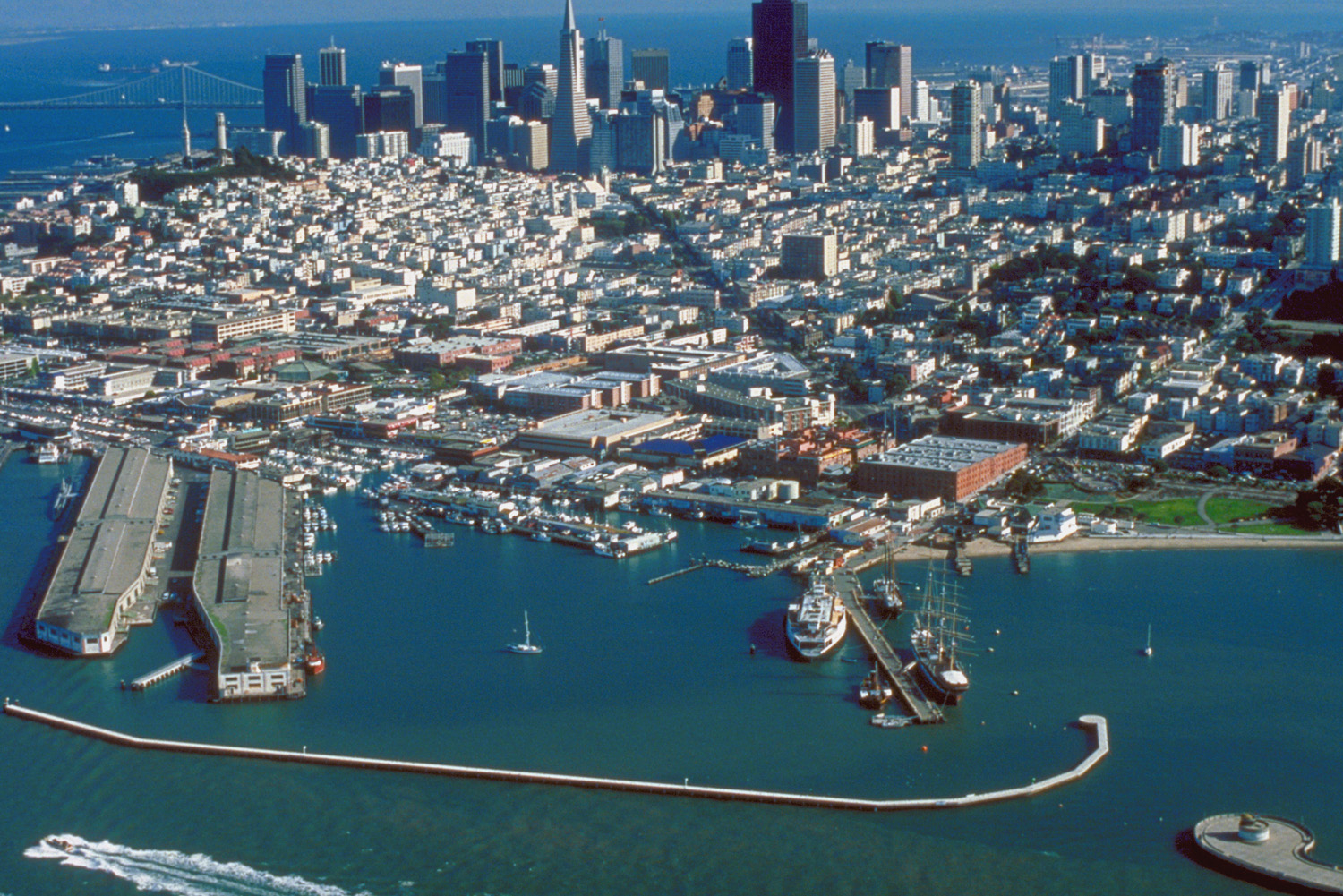Editor's note: The story is written by Nathan Thomas Lauer in response to the ‘Saigon River Development Plan’ contest, an open forum for readers to contribute their ideas and solutions to develop the Saigon River and surrounding urban areas in Ho Chi Minh City.
The contest is co-organized by Tuoi Tre (Youth) newspaper on the occasion of this year’s Reunification Day (April 30).
The Saigon River, so central to the history of Ho Chi Minh City, is a tributary of the Dong Nai River. With a total length of 256km, it flows about 80km through the southern metropolis.
The landscape on both sides of the river is observed through a "kaleidoscope", where we can see the change in the lifestyle of residents living along the two banks of the river, from the Chinese in Cho Lon to the townspeople of the various districts. Ranging from 225 to 370 meters in width, a depth of up to 20 meters, it has a basin area of over 5,000 square kilometers.
In spite of its historical and cultural value, this river is currently neglected and under-utilized economically, especially for tourism. Here, I present a three-stage plan to help revitalize the Saigon River.
Stage 1 (near term): Yacht Racing Tournament
Thinking of the size and situation of the Saigon River, I realized how suitable it is to be a stage for large events, and was reminded of the New York SailGP which took place on the Hudson River in New York City in 2019.
SailGP is an international sailing competition using high performance F50 foiling catamarans, where teams compete across a season of multiple grands prix around the world.
The SailGP Championship is made up of eight events, which take place across the globe throughout the season, with each event including multiple races. If Ho Chi Minh City becomes one of the host cities for the tournament, this would attract large numbers of both international and domestic tourists, leverage long-term infrastructure investments, create jobs and promote the city’s image.
Stage 2 (medium term): Improving and enhancing existing Saigon River tourism
The goals of the short-term campaign (the Yacht Racing Tournament) are to draw attention to the river, and provide some additional improvement to associated infrastructure. The result of this would be to spark a natural impetus to continue to profit from the river, and existing tourism services and attractions will be spurred on by profit and competition to improve themselves.
Once the landscape and infrastructure are upgraded for the yacht racing event, new services and attractions will develop to utilize the value of the Saigon River. Some will develop of their own accord (local businesses grasping opportunities), others through corporate or government sponsorship.
The possibilities are numerous: service facilities along the riverfront, parks, marinas, and more. This natural economic evolution of the Saigon River, while it should have government oversight to assure quality, it should require little in the way of direct overall planning, as it will arise incidentally and independently to fill the opportunity vacuum created by the yacht racing tournament and its related improvements.
Stage 3 (long term): Creation of a centralized, permanent waterfront attraction
Stages 1 and 2, above, bring attention and money to the initial revitalization of the Saigon River. However, alone, they are not enough to maintain a long-term interest in it as a tourist attraction. What is needed is a third factor, an ‘anchor’ which is always there, always active, and family-friendly. It also needs to act as a central hub for tourists to easily access the various other services and attractions enhanced or created by Stages 1 and 2.

For the purposes of the Saigon River, a melding of examples from Bangkok and San Francisco creates an optimal solution, particularly if built as a ‘boardwalk’ out into the water from the banks of the River.
The area around the Water Bus Station seems optimally situated, as it is both close to Thanh Da Peninsula and easily accessed from other primary tourist attractions, and therefore can take advantage of existing infrastructure.
San Francisco’s Pier 39, also known as “Fisherman’s Wharf,” built upon a large wooden pier, is the city’s premier tourist attraction, housing numerous entertainment venues, restaurants, and even museums.

In Bangkok, there is Asiatique: The Riverfront, an open air night market. Blending these two examples creates a model for a Saigon River Walk and Night Market, a shopping and entertainment venue that would be family-friendly and provide an evening attraction for adults of all interests.
It would act as the central hub and dominant attraction of the Saigon River, and would draw visitors and local residents to Thanh Da Peninsula and other tourism attractions associated with the Saigon River.
Such an attraction would also serve as a major source of revenue for the city. Exclusive of revenue from the Yacht Racing Tournament, souvenirs, shopping or other attractions on the Saigon River, Ho Chi Minh City could conservatively expect to increase its tourism income by more than US$158 million per year ($81 million from international and $77.5 million from domestic travelers, based on 2019 tourism figures of 18 million foreign and 32.77 million local visitors).
Further, there would be a 10 percent visitation rate or extra days in Ho Chi Minh City due to activities at the Saigon River, $45 spent per day by foreigners and $23 per day spent by domestic visitors on food and hotels.
Like us on Facebook or follow us on Twitter to get the latest news about Vietnam!


















































